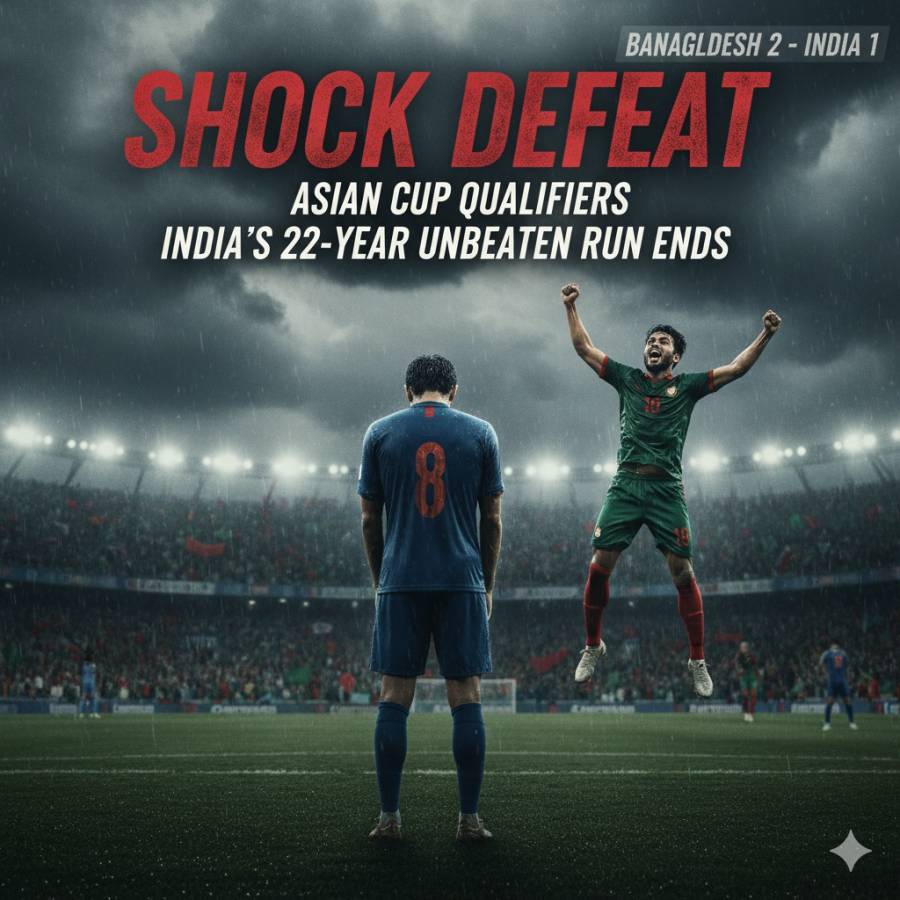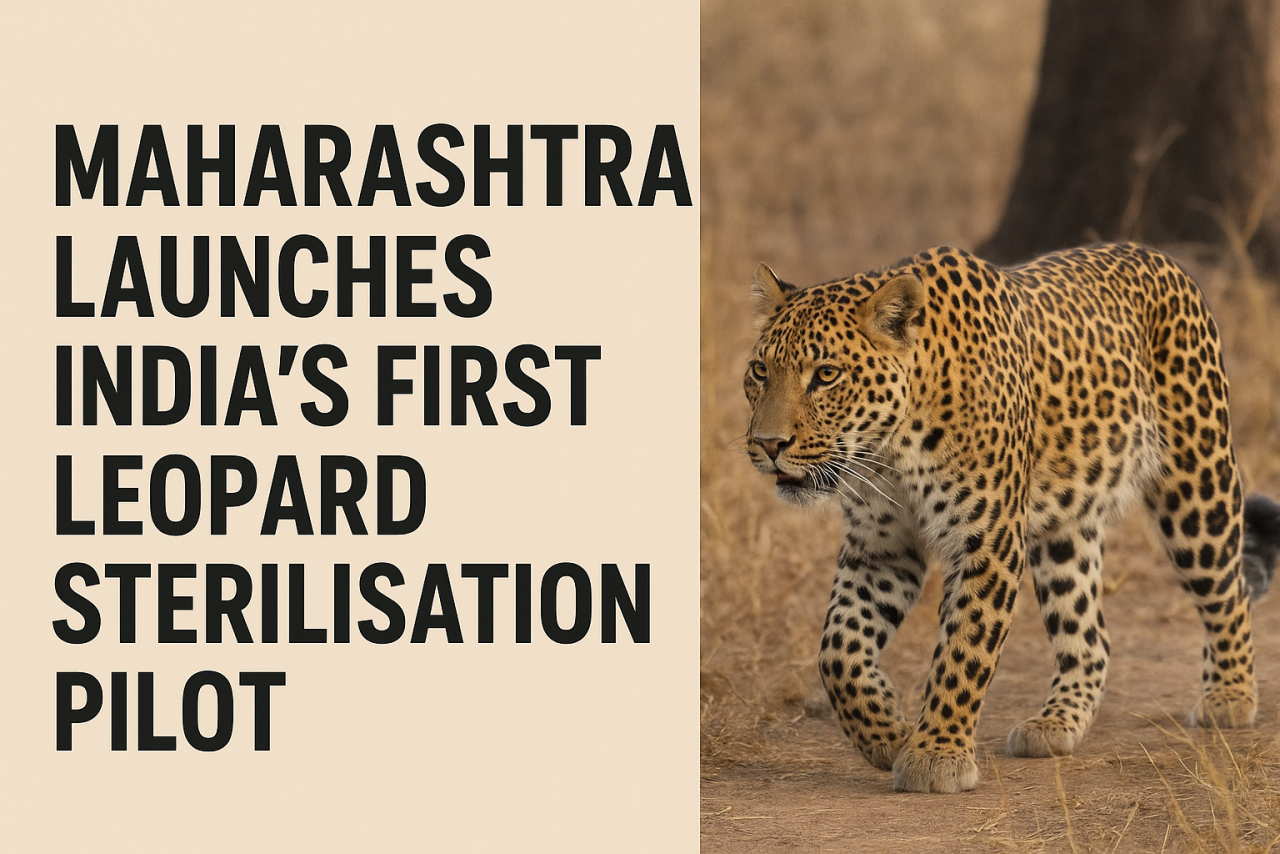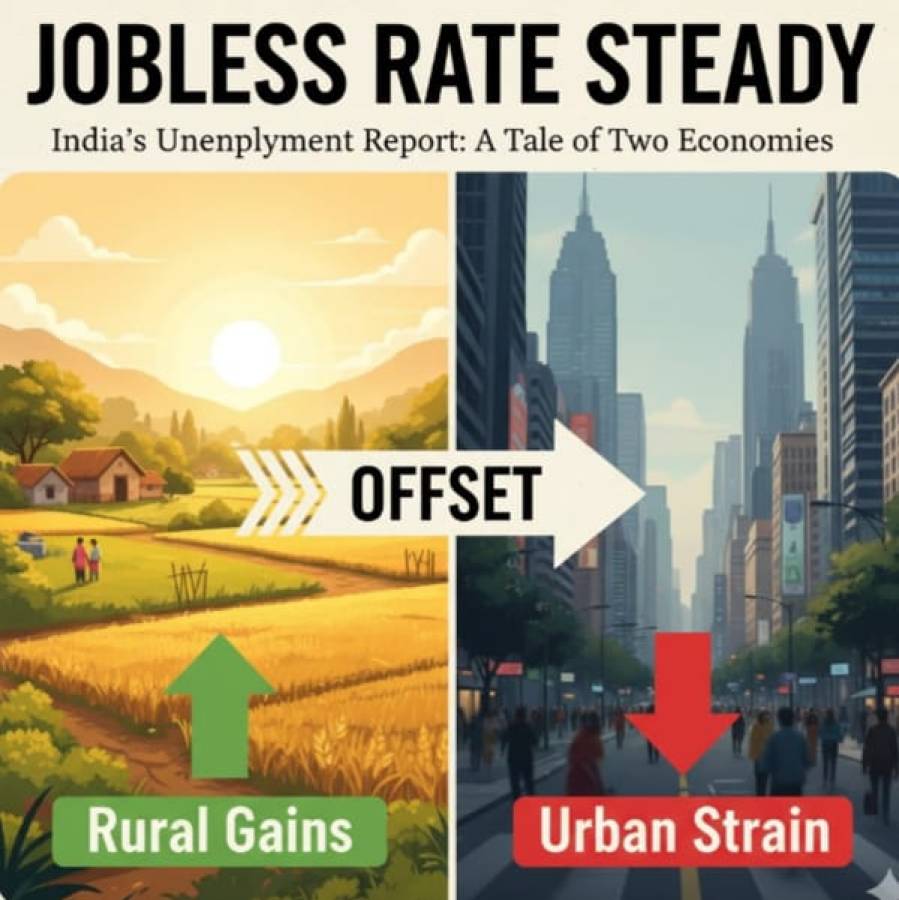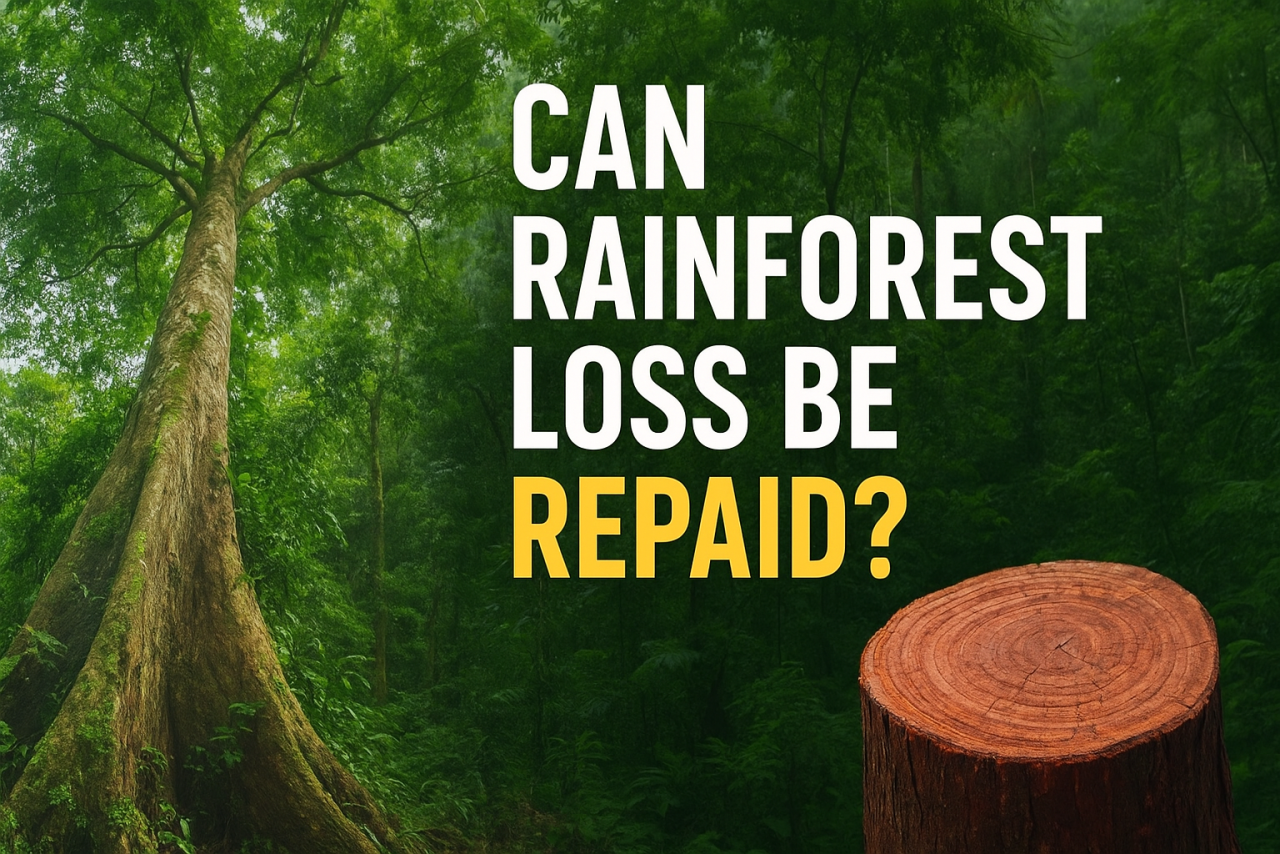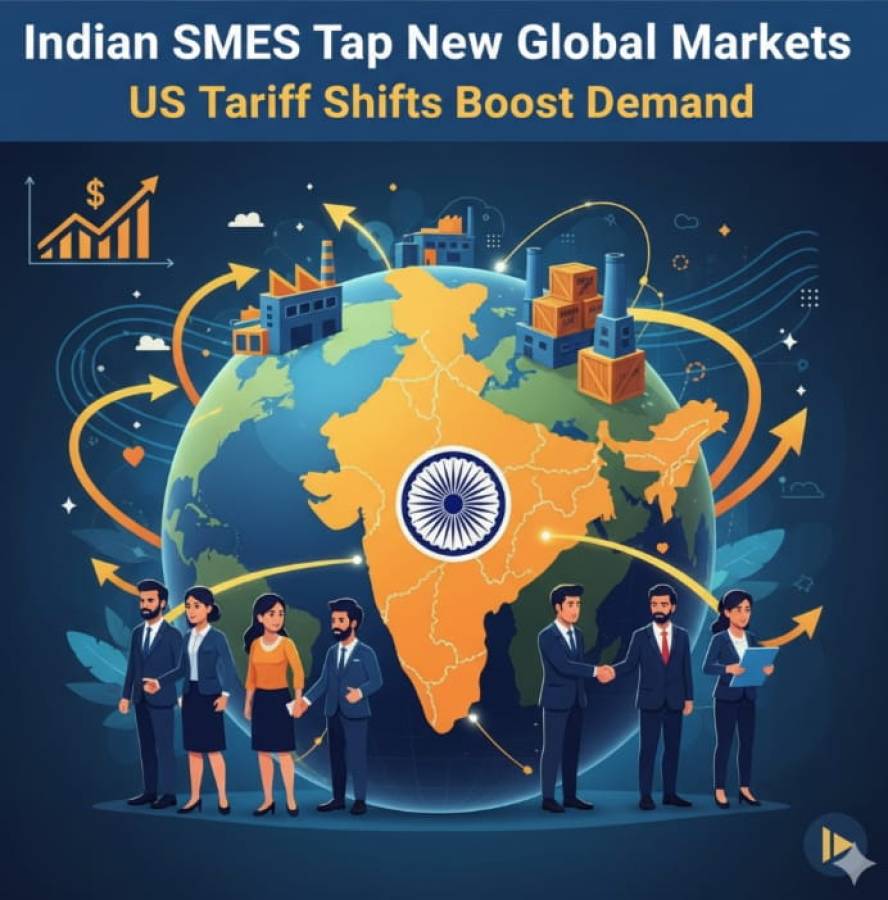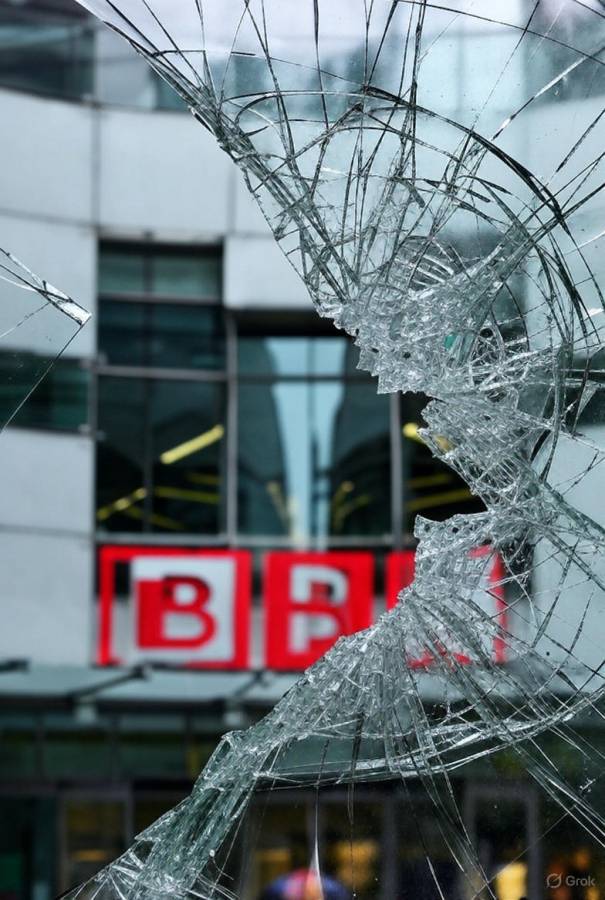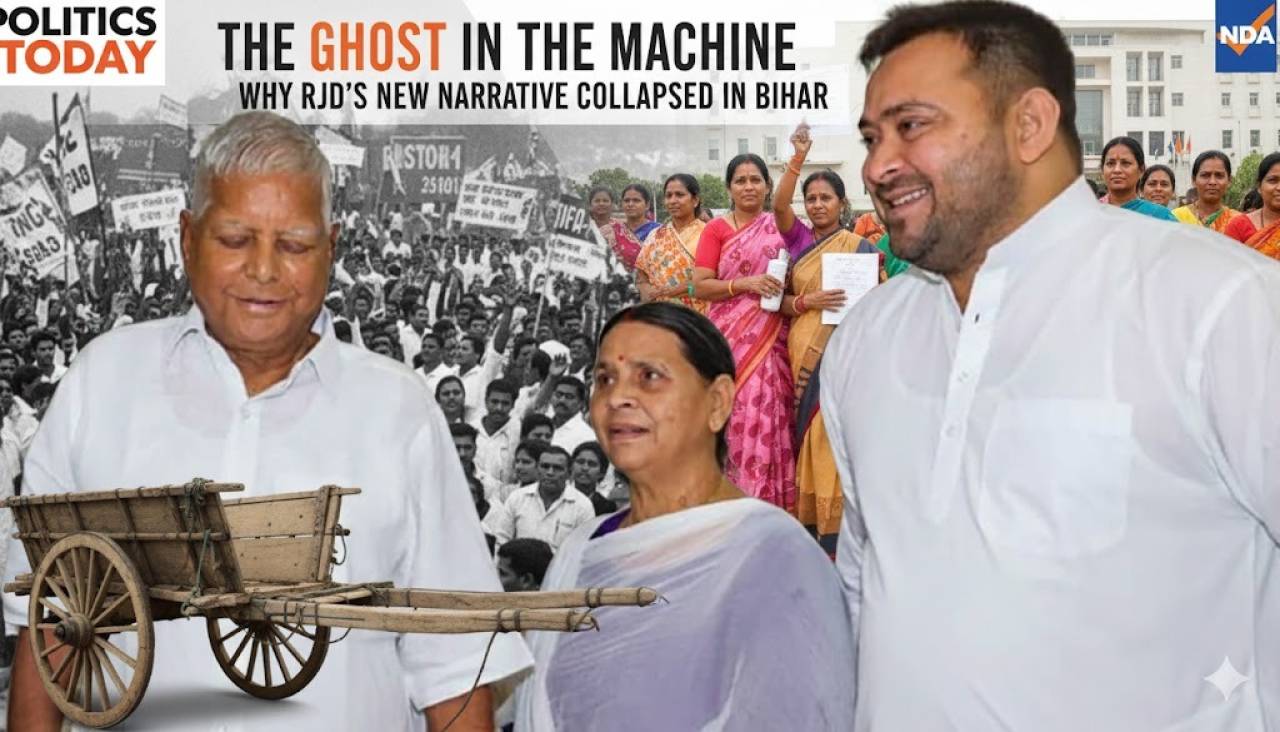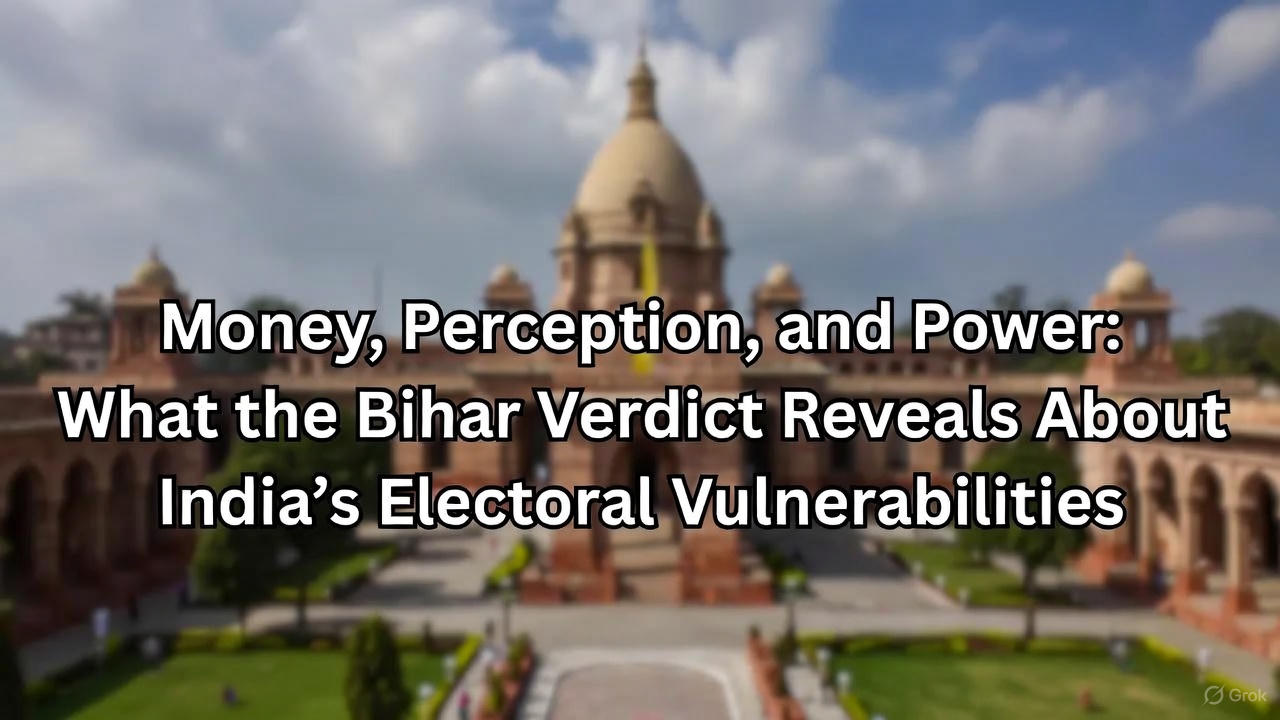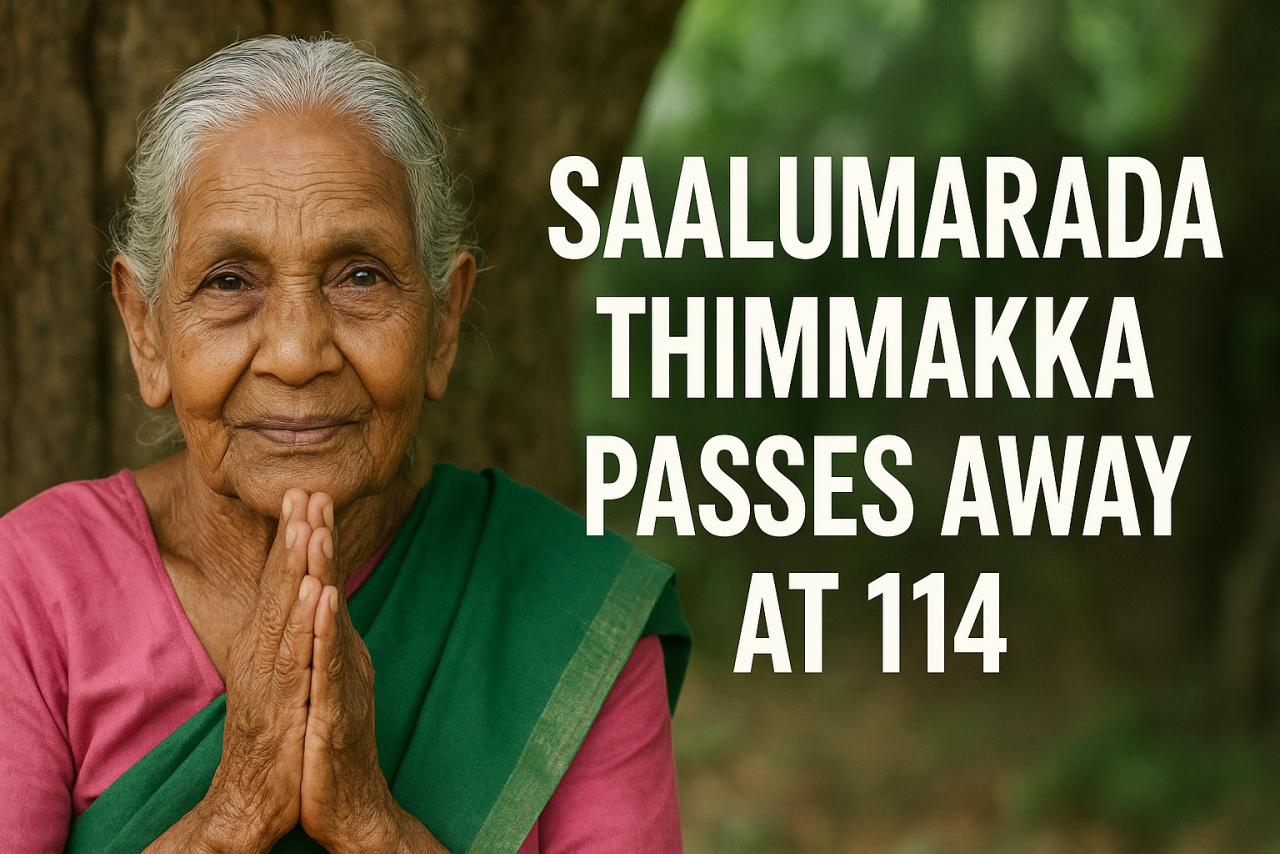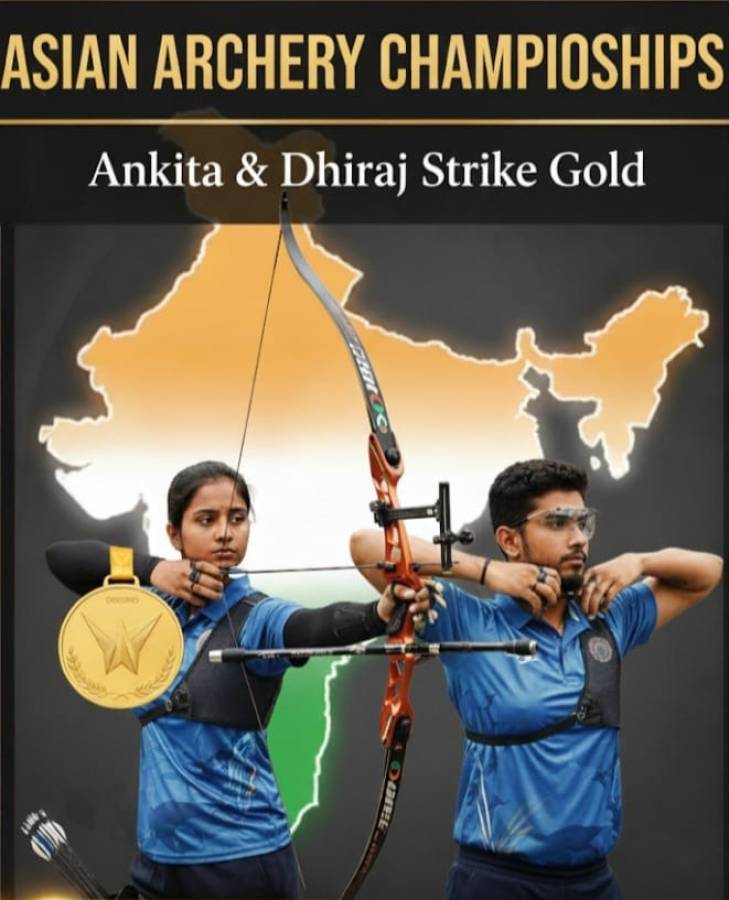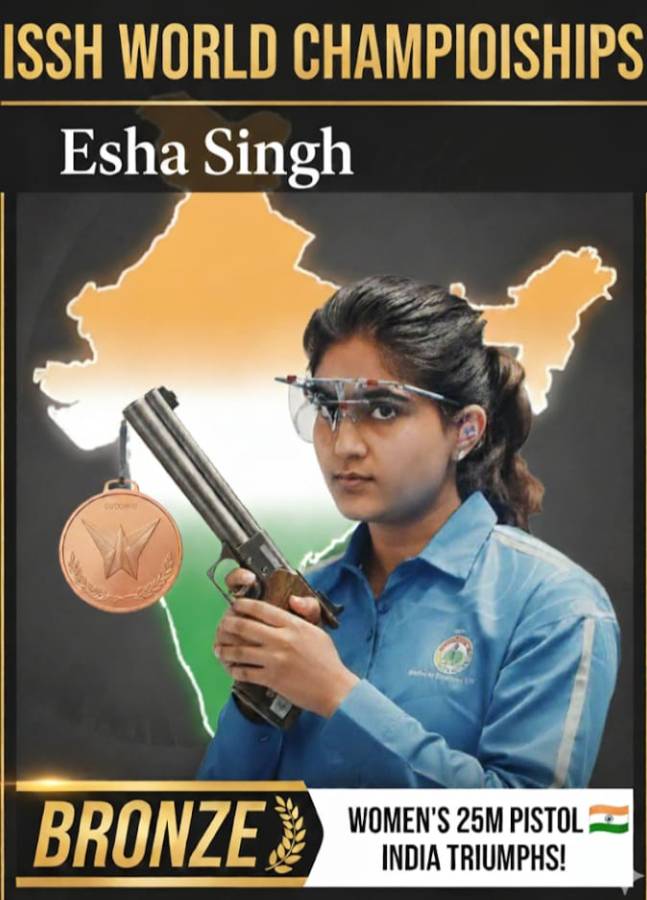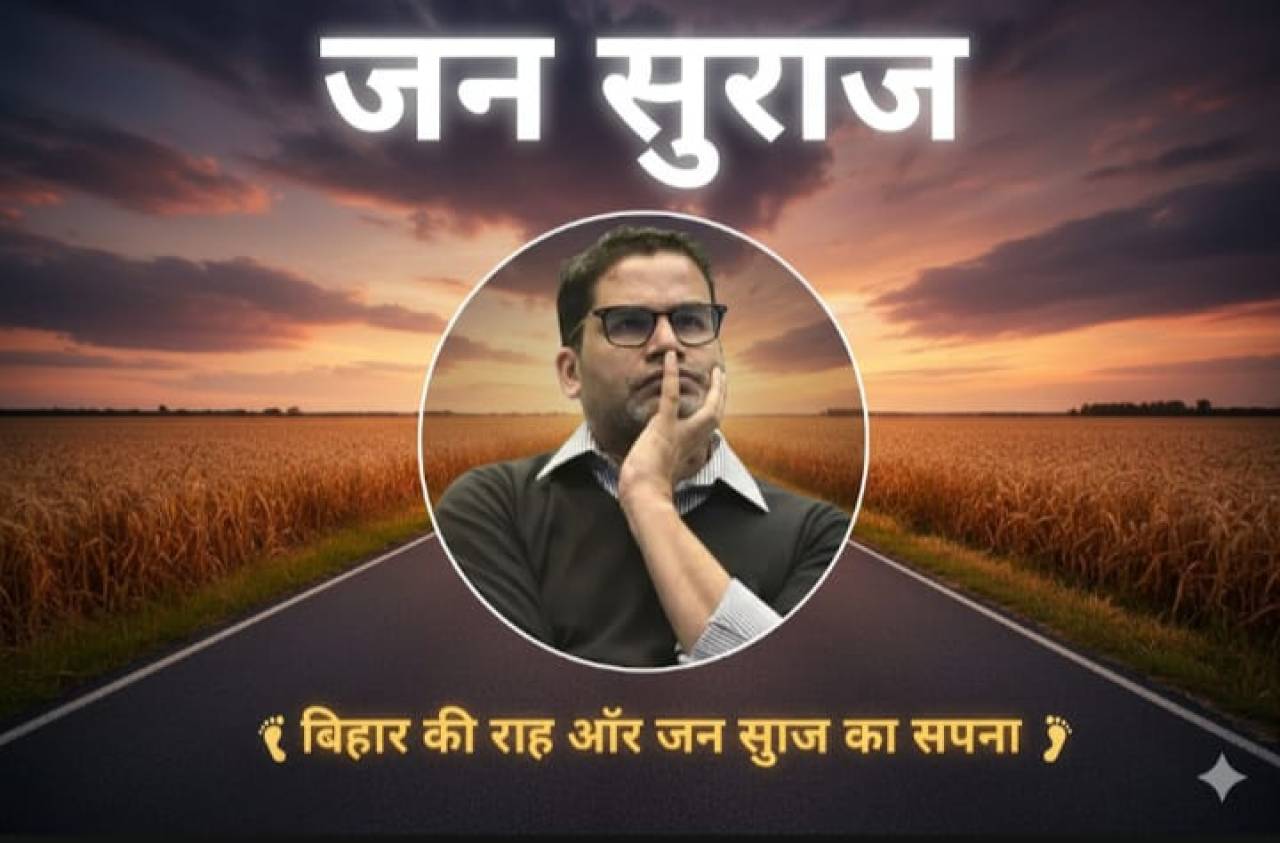
When Prime Minister Narendra Modi inaugurated the 2025 Khelo India Youth Games (KIYG), it wasn’t just another political appearance—it was a statement of vision. By celebrating young athletes like 14-year-old Vaibhav Suryavanshi, who smashed records in the IPL with a blistering 38-ball century, Modi reaffirmed India's strategic pivot: transforming from a cricket-crazy nation to a robust multi-sport powerhouse.
The KIYG, launched in 2018, has evolved into more than a tournament; it’s a grassroots revolution. Spanning over five cities in Bihar this year—Patna, Rajgir, Gaya, Bhagalpur, and Buxar—the 2025 edition promises to host over 6,000 young athletes. The inclusion of para-athletes and those from underrepresented regions has made this initiative a cornerstone in democratizing sports in India.
From Cricket Obsession to Holistic Development
India’s past obsession with cricket often came at the expense of other sports. However, the last decade has marked a turning point. Since 2014, the central government has steadily increased the sports budget—rising from ₹1,219 crore in 2014-15 to over ₹3,397 crore in 2023-24. A significant chunk of this allocation feeds into schemes like Khelo India, which nurtures talent from the school level through rigorous training, scholarships, and exposure to competitive events.
The result? India’s medal tally at the Olympics and other international stages is no longer a footnote. At the 2020 Tokyo Olympics, India bagged its highest-ever haul with seven medals, including Neeraj Chopra’s historic gold in javelin throw. The Tokyo Paralympics saw a record-breaking 19 medals. These successes are not anomalies—they are the fruits of a deliberate policy shift.
The upward trajectory continued at the 2024 Paris Olympics, where India recorded its best-ever performance, clinching 10 medals, including three golds, and breaking national records in athletics and wrestling. Neeraj Chopra successfully defended his Olympic title, while a new generation of athletes emerged across disciplines like boxing, badminton, and shooting. This unprecedented success further validated the long-term vision behind initiatives like KIYG and the Target Olympic Podium Scheme (TOPS).
Talent Beyond Metros
One of KIYG’s most striking achievements is the geographic redistribution of opportunity. In the past, elite training was concentrated in urban centres like Delhi, Mumbai, and Bengaluru. But the Khelo India model brings the arena to the aspirant. From remote tribal belts in Jharkhand to dusty towns in Haryana, budding athletes now have access to infrastructure, coaching, and national recognition.
The story of Vaibhav Suryavanshi is emblematic of this new wave. Hailing from Bihar—a state historically sidelined in national sports narratives—his IPL feat is not just personal glory but evidence of the changing ecosystem. It demonstrates how consistent exposure, match practice, and scouting—core principles emphasized by PM Modi—can unlock hidden reservoirs of talent.
Building for 2036 and Beyond
PM Modi’s assertion that India is ready to host the 2036 Olympics is not merely aspirational. The groundwork is being laid with strategic collaborations, including partnerships with the Indian Olympic Association and the International Olympic Committee’s Future Hosts Committee. Hosting the Olympics would be the pinnacle of this sporting renaissance, cementing India’s place as a global athletic hub.
In parallel, schemes like the Target Olympic Podium Scheme (TOPS) ensure that elite athletes get world-class support. From nutrition and physiotherapy to international exposure, the focus is not just on quantity but quality. The performance in Paris has only intensified the momentum, with greater public enthusiasm and governmental resolve to make India a sporting superpower by the time the Olympic flame reaches its soil.
Cultural Identity and Soft Power
Sport is no longer just recreation—it’s a vehicle of national pride and soft power. As PM Modi noted, “The more India’s sporting culture rises, the more its soft power in the world will increase.” This is more than rhetoric. Sports diplomacy, athlete endorsements, and India's increased representation in international sports governance are now reshaping global perceptions.
Conclusion
The Khelo India Youth Games is not merely a sports tournament—it is India’s investment in its youth, its villages, and its vision. By institutionalizing talent identification, decentralizing access, and fostering a culture of sporting excellence, India is crafting a future where Olympic dreams are born not in privilege, but in potential.
As the young Vaibhavs of India continue to rise, so does a new India—one that sprints, wrestles, shoots, and serves its way onto the global stage. And with the triumph of Paris behind and the dream of 2036 ahead, India's sporting renaissance is no longer a promise—it's a proven path.


